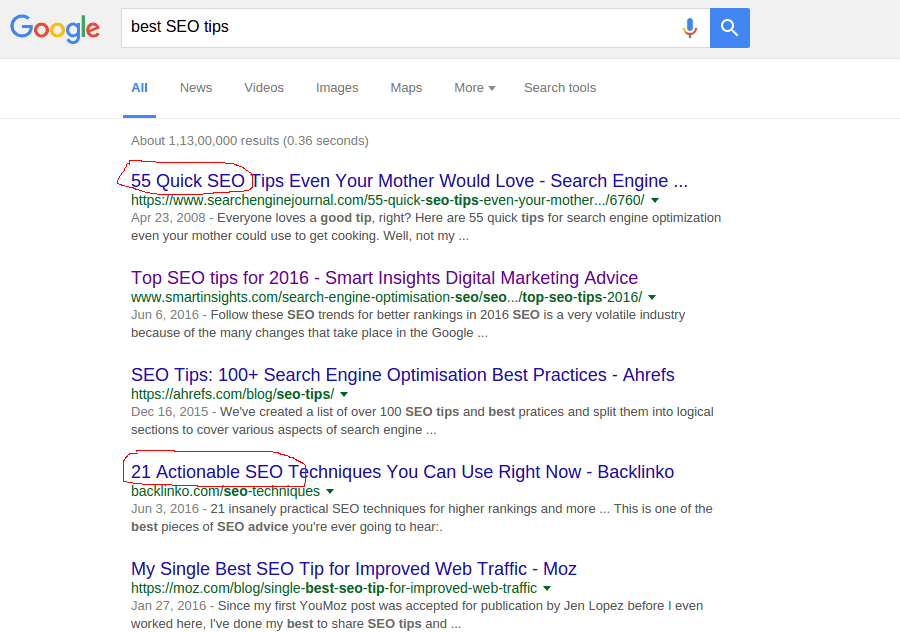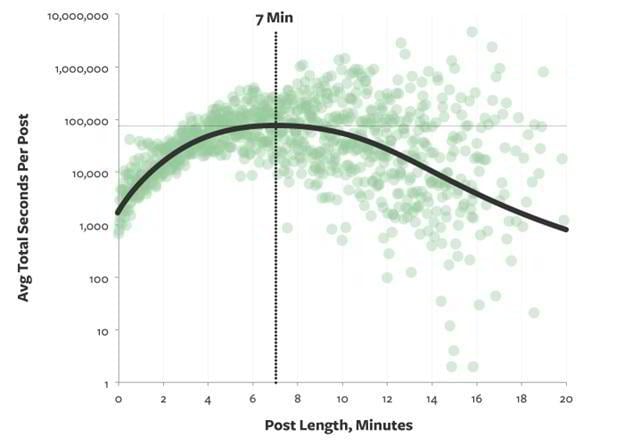5 Useful Tips to Give Your Blog a Better Visibility
Those unfamiliar with the realities of the blogging dream of getting millions of visitors overnight and joining the ranks of Mashable and Techcrunch.
Sorry to burst their bubbles, but that’s pipe dream.
Yes, it’s possible to make a fortune out of blogging, but there’s no short-cut. You have to step up to the plate and earn your meal.
Here are the tips that you need to follow.
Tip 1: Stand out in crowd
One who stands out in the crowd gets noticed. You can enjoy visibility as a blogger only if you can stand out. People nowadays have a reduced attention span. And 2 million blogs are published each day. What follows is blogs get visitors, but fail to retain them.
But you don’t want one-time visitors, right? You want repeat visitors so that you can build a readership.
For that, you need to be unique.
How to bring uniqueness?
You can bring uniqueness in two ways:
- Write on a run-of-the-mill topic but from a unique perspective. Readers will sense uniqueness and appreciate it.
- Cover a single topic. You might have to spend hours doing research to find the problem, but it will be worth the result.
What happens if your blog fails to stand out?
You unknowingly give this message to your readers that you don’t have anything unique to offer them. They don’t find a good reason to stay on your blog. Whether you write about making money from blogging or mowing the lawn, give a unique advice.
Tip 2: Numbered title
Blog titles with numbers in them can capture visitor’s attention in no time. Unless a reader finds a title fascinating, he probably won’t open the blog post, let alone be reading it in its entirety. The best thing about numbered titles is they give readers a definitive idea of what the post is about.
Not just human readers, search engines also love numbered titles. See the screenshot below:
You can see two of the results displayed on the first page have numbers in them. Such is the power of numbered titles.
From the reader’s end, posts with numbered titles are easier to read and more scannable than posts with non-numbered titles. Such posts are called as listicles. A listicle gives off the vibe that it presents information in a neat manner so that readers collect them quickly.
Tip 3: Content scaling
You should scale your content because that’s what your readers are going to do. How to scale content?
Let’s say there’s a scale of 1 to 10. How much do you think your content should score? Is it good enough to score 9 or is it poor and couldn’t cross 4? Decide it before you make the content live on the site.
Scaling is necessary because scaling assures quality, and quality content is essential for a decent SEO ranking and scores of social shares. Google will never reveal it to you, but its algorithms have become smart enough to gauge the quality quotient of a piece of content.
What are the parameters to measure quality?
Uniqueness, informativeness, lingo, style and readability are common factors. The tricky factor is word count. What’s the ideal word count?
See the image below:
The average attention span of readers is seven minutes, and they read 200-250 words a minute. Therefore, the ideal content length is between 1400 and 1500 words. If the blog post is episodic, then add a podcast to it. The text-audio combo will work great.
Feel free to tinker with new quality parameters. The more innovation you bring, the better will be the content scale.
Tip 4: Use cutting-edge tools
Here’s a list of 20 tools that facilitate blogging. Among these tools are Read-it-Later, which allows one to save items from all types of devices via its army of applications. The list includes Qumana, a blog editor with drag-and-drop functionality enabled.
When you search for blogging tools, look for the following features:
- Ease of getting information: Tools like Buzzsumo and Quick Sprout give you a wealth of information. All you need to do is enter a topic. Next, the tools will dish out topic ideas, as well as suggest the appropriate angle to pen down the post. Searching via URLs will show you the top posts on those sites so that you can use them as inspirations.
- CMS platform: Though WordPress no longer enjoys the monopoly in the blogging arena, it’s still the most sought after CMS for being plugin-rich. Other CMSs, especially the ones that suit mobile devices are TextPattern, Wix, Weebly, etc.
- Image tools: Adding images make blog posts more appealing. Tools like Canva, which makes image creation easy, GIMP, a Photoshop alternative for the open source community, Photopin, which lets you find royalty-free images are must-use for bloggers.
Marketing is now automation-driven. Hence, selecting the right blogging tools is crucial.
Tip 5: Link carefully
An important part of blogging is linking. Bloggers should be careful when putting links. Archaic link building strategies like reciprocal link building can invite penalty from Google. Here’s what Google’s John Mueller said:
Linking best practices for bloggers include:
- Following a 70:30 ratio between interlinking and linking out. 70% links should be internal, and 30% should be from outside sources.
- Never hyperlink campaign keywords. Always hyperlink LSI keywords. It’s safe. Google could even reward you for obeying the Hummingbird update, and for not repeating the meta properties (campaign keywords) in the content.
- When link out, make sure the page you are linking has texts, which are semantically similar to the LSI keyword being hyperlinked.
Follow these three rules of thumb and you’ll be safe from Google’s penalty radar. And readers will also appreciate the linking structure on your site.
Summing up
Blogging is no easy job, and it takes years for blogs to create a name for themselves. In case you want to restyle your blog we have a number of best WordPress themes for blogs. Following the five tips shared here will make your work easier. You’ll blog with more confidence and see your audience-base growing.
Get more to your email
Subscribe to our newsletter and access exclusive content and offers available only to MonsterPost subscribers.




Leave a Reply
You must be logged in to post a comment.